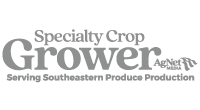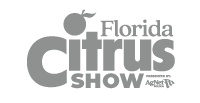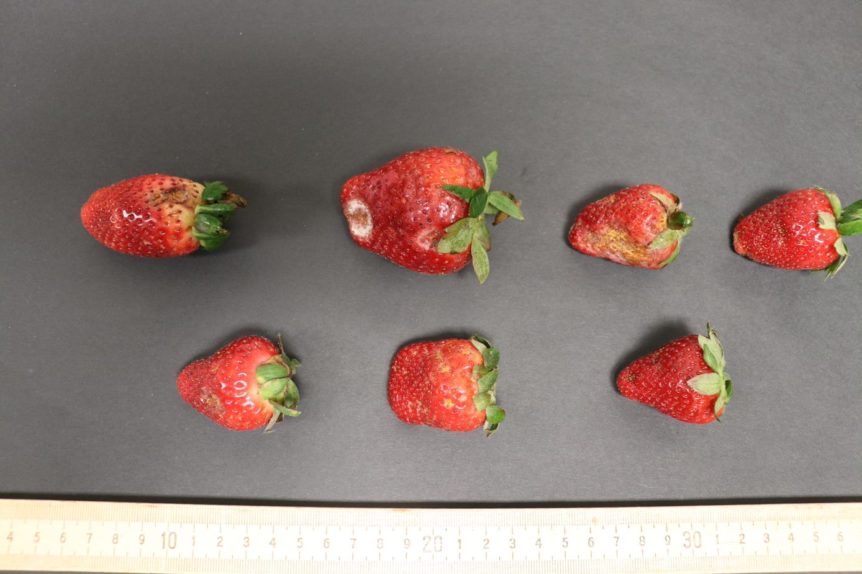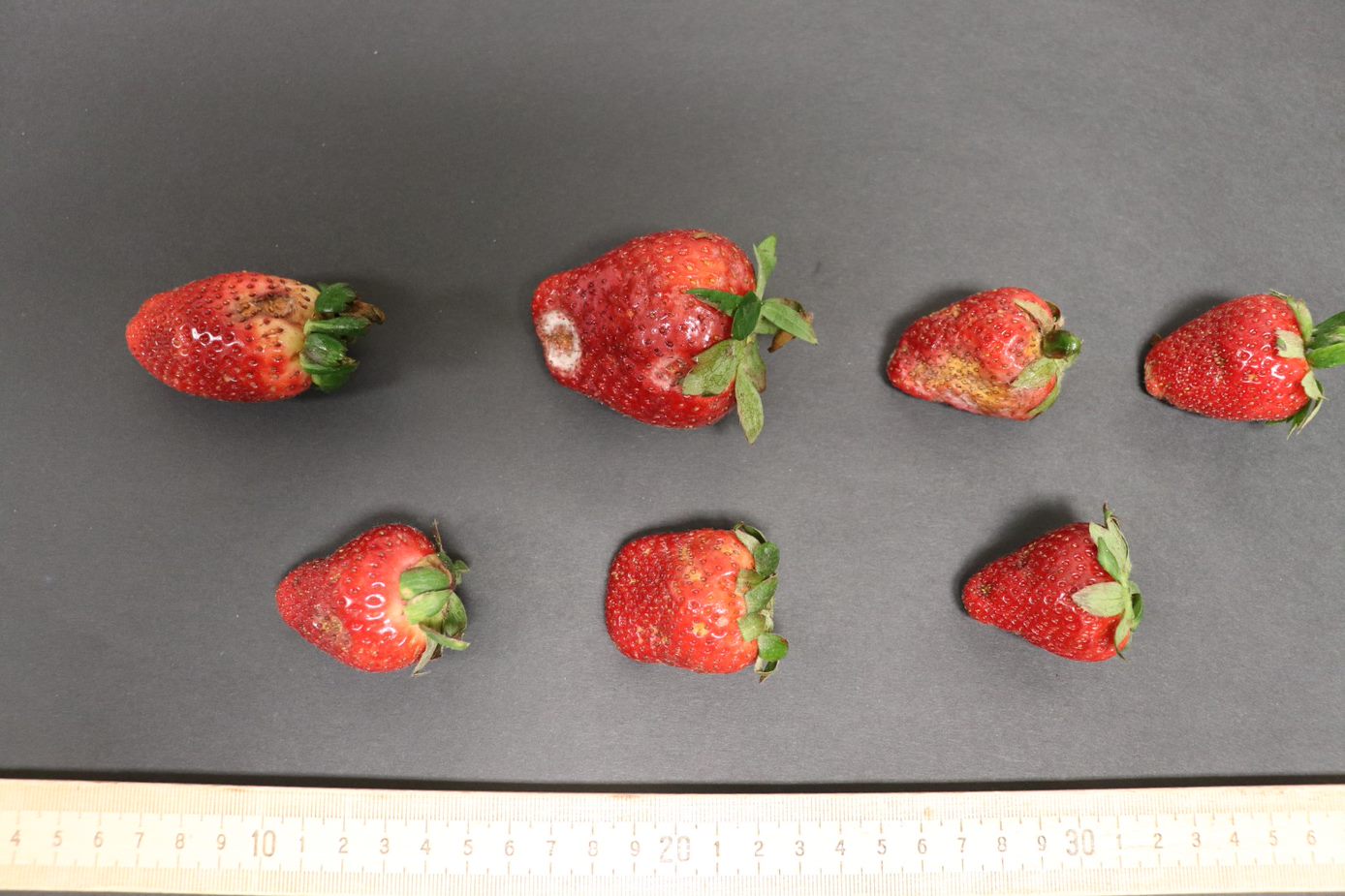
By Clint Thompson
Neopestalotiopsis (neo) was a topic of discussion during last week’s Alabama Fruit and Vegetable Growers Association Conference (AFVGA) and Trade Show in Gulf Shores, Alabama.
Phil Brannen, UGA Extension fruit disease specialist, spoke about the strawberry disease with attendees and engaged in a Q-and-A session with strawberry producers.
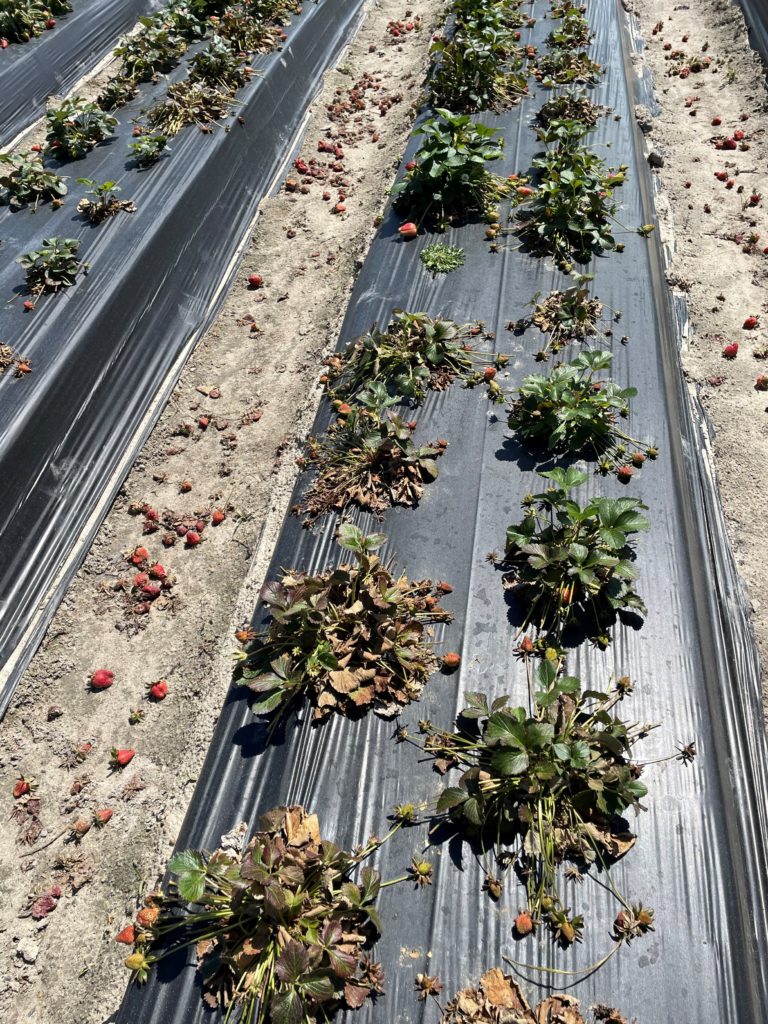
“We do have a problem. I think they recognize that. The issues we had this year with plug plants, where people brought in neo into the field with their plug plants, it’s continuing to be a bad issue. It’s not getting any better,” Brannen said. “I just talked to a grower, he had 50% to 60% loss in one cultivar and maybe 5% in another. I said, ‘Well, maybe you can salvage one and walk away from the other one.’ That’s the reality this year. It depends on the cultivar to some degree and where you got your plants.”
Disease Background
Neopestalotiopsis has been a danger to strawberry plants every year since it was first discovered during the 2018–19 season on five farms in Florida. Its concern this year stemmed from its presence in plug plants at nursery sources in Canada. The disease’s confirmed presence in plants before they even left nurseries this year left growers throughout the Southeast in a no-win situation.
Plant and risk the disease spreading. Don’t plant and don’t generate any strawberry revenue.
“Without exception, anybody that is getting their plants from a dry environment location and growing out their tips in an area where they don’t have the disease or have not had the disease, they seem to be doing really well as far as neo … whereas people who brought in plants from nurseries that did have it, the response people are seeing is variable, but most of them do have neo and some of them are in dire straits,” Brannen said.
Neo can lead to severe leaf spotting and blighting under favorable weather conditions, specifically during extended periods of wetness.






